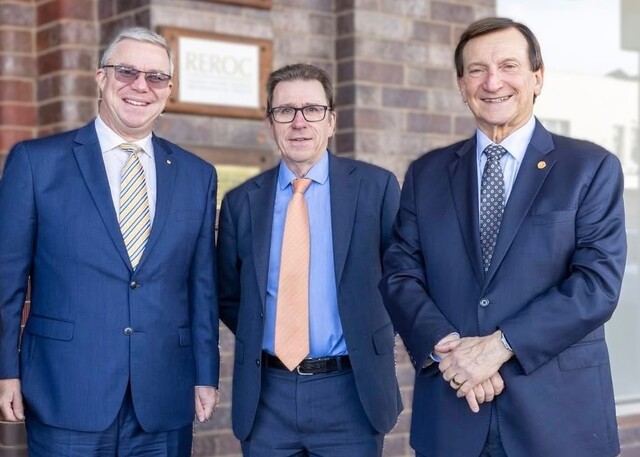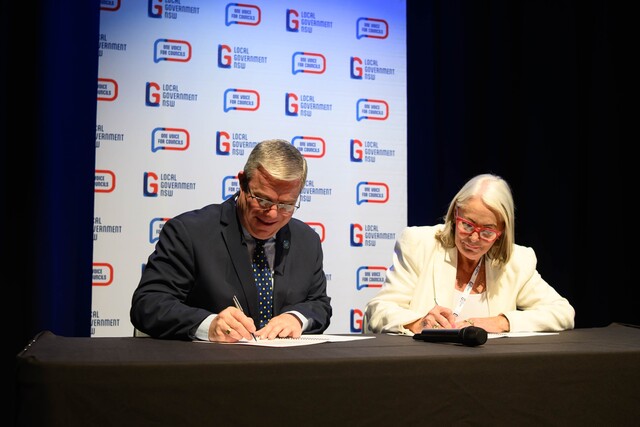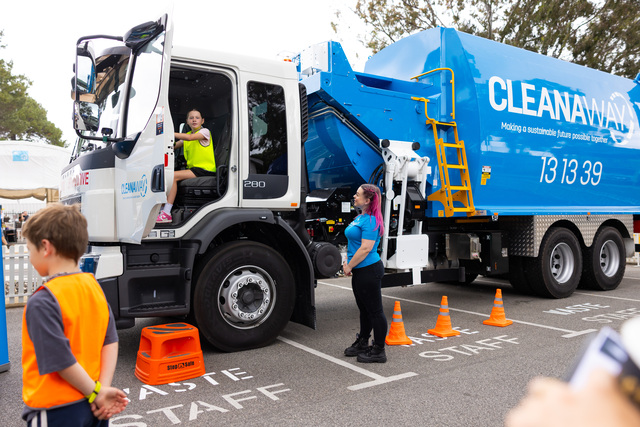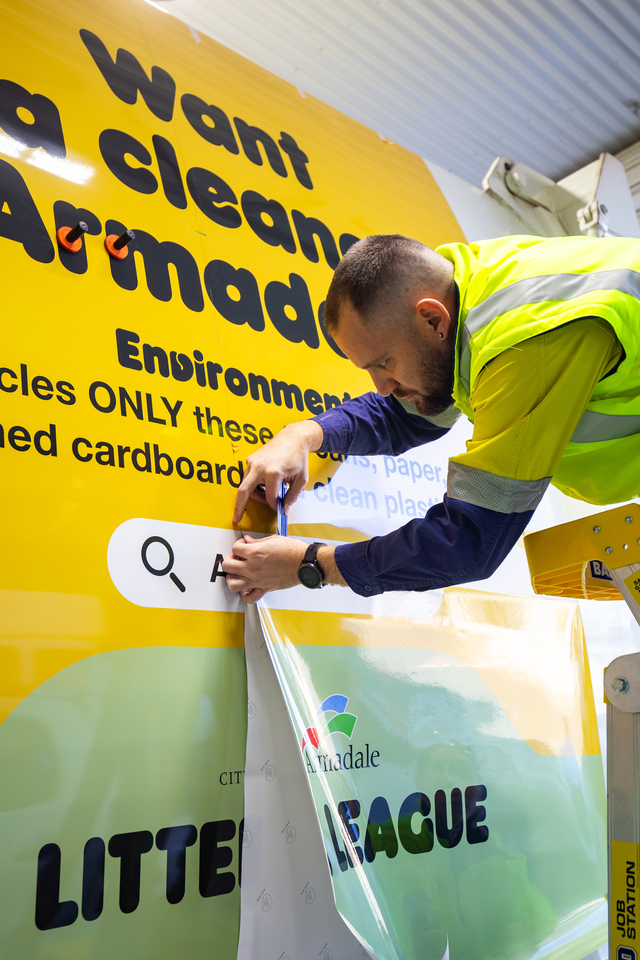Australia’s first constructed wetland using mangroves to clean up shrimp farm effluent is at Mission beach, in Northern Queensland. It is a project funded by the Commonwealth Government’s Clean Seas Program, the Queensland Department of Primary Industries (DPI), and shrimp producer, Fortune Enterprise Pty Ltd.
At the project launch the Federal Minister for the Environment, Robert Hill, said that this is an excellent example of the Natural Heritage Trust Coasts and Clean Seas Program funding innovative approaches to stem the deterioration of coastal water quality while helping to ensure the sustainability of important marine industries such as aquaculture.
The project tests the growth and nutrient assimilative capacity of constructed mangrove wetlands. The 30 hectare Fortune prawn farm at Mission Beach forms the laboratory for the project. The site has been planted with seven local mangrove species, which are flooded with effluent in a simulated tidal regime. Monitoring will determine nutrient uptake rates and mangrove growth over several years.
The second phase of the project will see the development of a large scale wetland at a 100 hectare prawn farm, ‘Pacific Reef Fisheries’ in Ayr.
According to DPI Fisheries Biologist, David Foster, “The big advantage for prawn farmers is that the constructed wetland is a low maintenance method of effluent treatment. Other methods are available, but they have greater establishment costs and require higher levels of maintenance. The attraction of constructed mangrove wetlands to environmental managers is the extension to productive fish habitat that they provide within the catchment area.”
Use of established native mangroves for effluent treatment is not acceptable because of ecological changes it could bring to sensitive coastal areas.
“Predictions have been made by scientists about nutrient removal rates in natural systems, but no one has ever tested a real artificial wetland,” David Foster said. “Artificial wetlands differ greatly from natural environments. Our plants are subjected to different nutrient levels, soil types and inundation depths, which may affect nutrient removal rates compared to a natural system.
“We anticipate that when we are finished we’ll have more accurate ratios for the area of mangrove wetland required to treat a given farm discharge”.
David Foster emphasisesthe importance of having a settlement pond prior to the mangrove wetland.
“Having a separate solids settlement area that can be dried out and excavated is important for any type of large scale biological treatment system,” he said. “If water entering the mangrove wetland is not pre treated to remove suspended solids, then the treatment wetland will eventually fill with silt.”
“The project isn’t limited in application to treating prawn effluent,” he said. “It aims to promote to the public a clean, green effluent treatment alternative for marine industries. It may also bring immediate benefits to both the community and the environment by improving water quality and fisheries productivity within the catchment area.”
At the projects’ completion in 2002 it will be a working model for similar applications around Australia.
For more information contact, David Foster, telephone (07) 4035 0166 or email fosterdr@dpi.qld.gov.au







